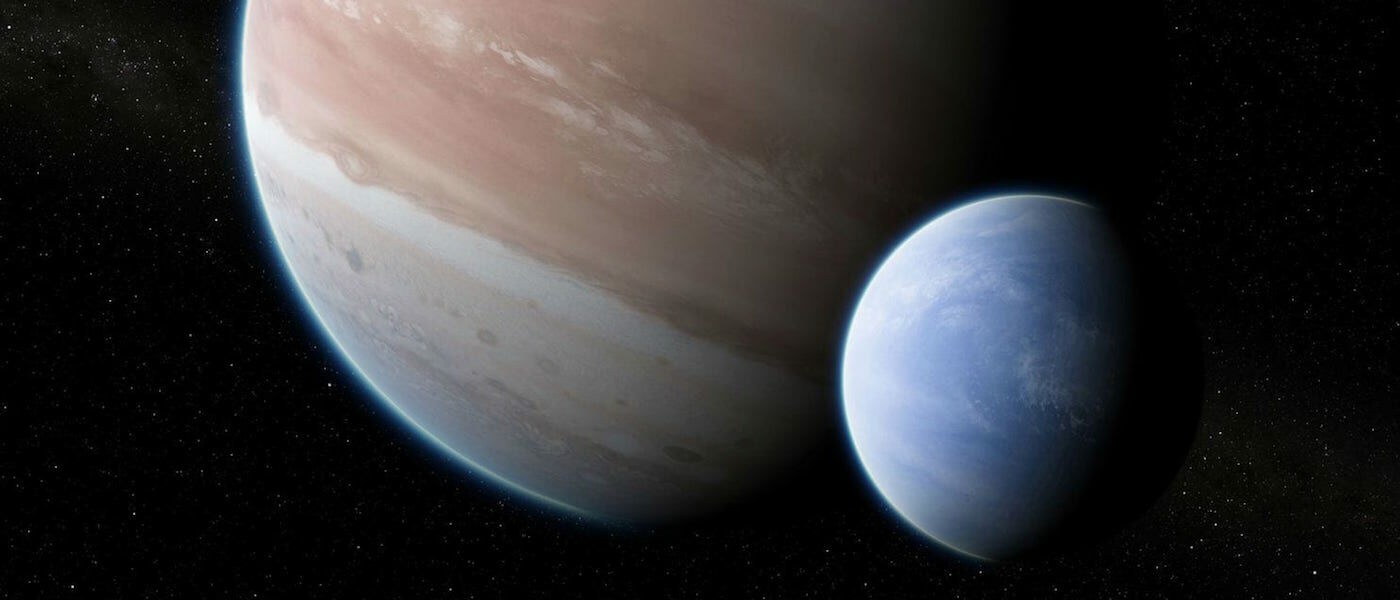Is it possible for some moons to have their own moons?

Moons on moons! We are all familiar with stars, planets and moons. But what if moons have their own moons? That’s what some scientists are turning their focus toward. Of the almost 4,000 exoplanets (planets orbiting a star other than our Sun), astronomers had yet to detect any moons. Exoplanets are very far away, at least a dozen light-years from Earth. This makes it difficult to observe the planets in detail, let alone objects much smaller like moons.
However, this month scientists may have detected the first known moon of an exoplanet! The moon has been named Kepler-1625b-i, and lives around 8,000 light-years away from us. Not only does it have a name much different than any in our solar system, it also is much larger! This moon may be similar in mass to Neptune.
Because this moon is as massive as a planet, it is likely that it possesses moons of its own. A few different groups of scientists have conducted research studies to see if it would be possible for moons to have their own moons, and the results are suggesting that it is!
Why don’t we see anything like this in our own solar system? At this point, all of the moons are too small or orbit too close to their planet. Potentially at one point, larger moons like Titan, Iapetus, or even our own Moon, may have had a moon of its own. Those didn’t last long, however, and most likely broke apart or merged into the host moon long ago.
Why is this important? First off, Kepler-1625b-i and its host planet are both gas giants, meaning they aren’t able to support bodies of liquid water needed for life to thrive. But, similar to moons around the gas giants in our own solar system, there is potential that the moon of Kepler-1625b-i is able to have Earth-like conditions! Could there be life on these moons of moons?
Secondly, there is a discussion currently about what these moons should be called: submoons? Moonlets? Our vote is for moonmoons! What do you think? Let us know online via our Facebook, Twitter, or Instagram pages!
(Illustration by Dan Durda)
Interested in more news stories like this one? Visit our all-live planetarium show, "Wonders of the Night," on your next visit to the Science Center. The LSC Space News Now portion of the show is always set aside for breaking news stories. Click here to see a full list of shows playing in the Jennifer Chalsty Planetarium, the biggest planetarium in the Western Hemisphere.
